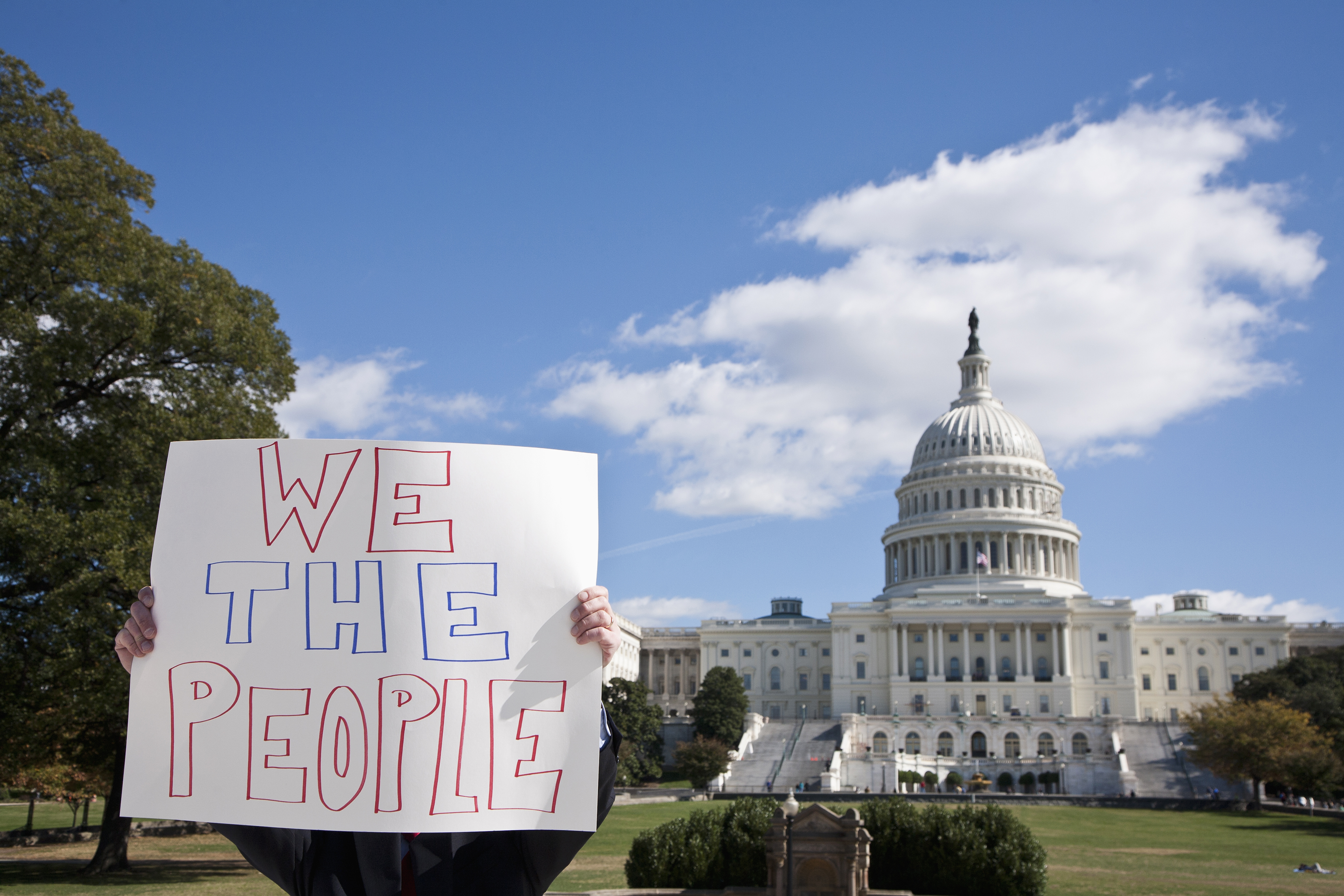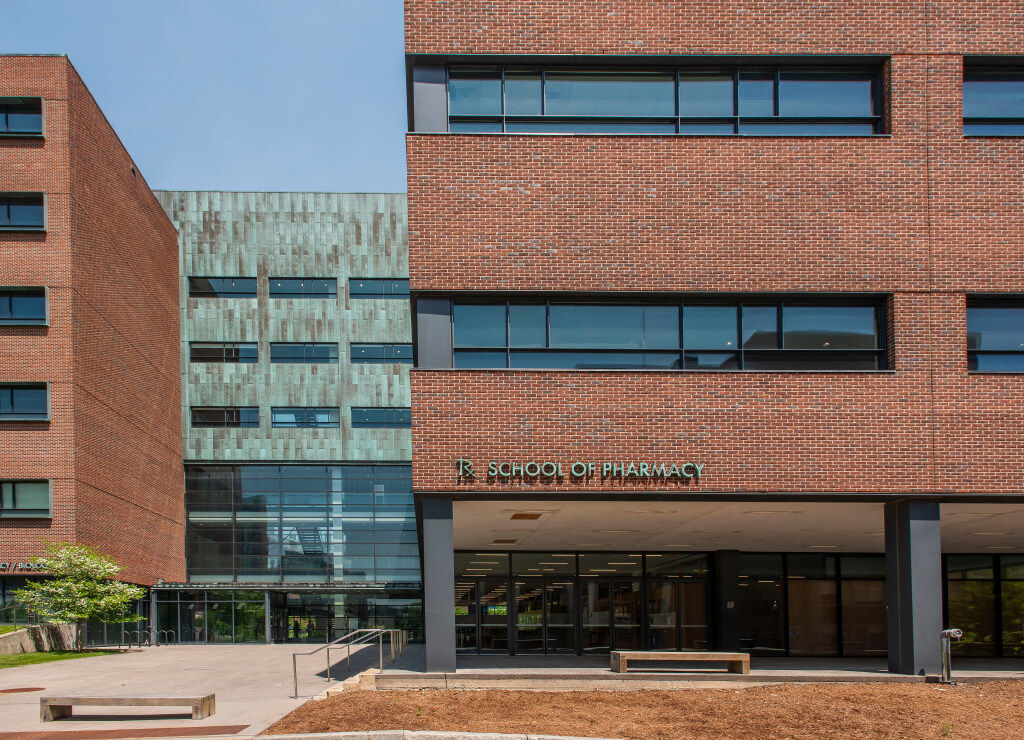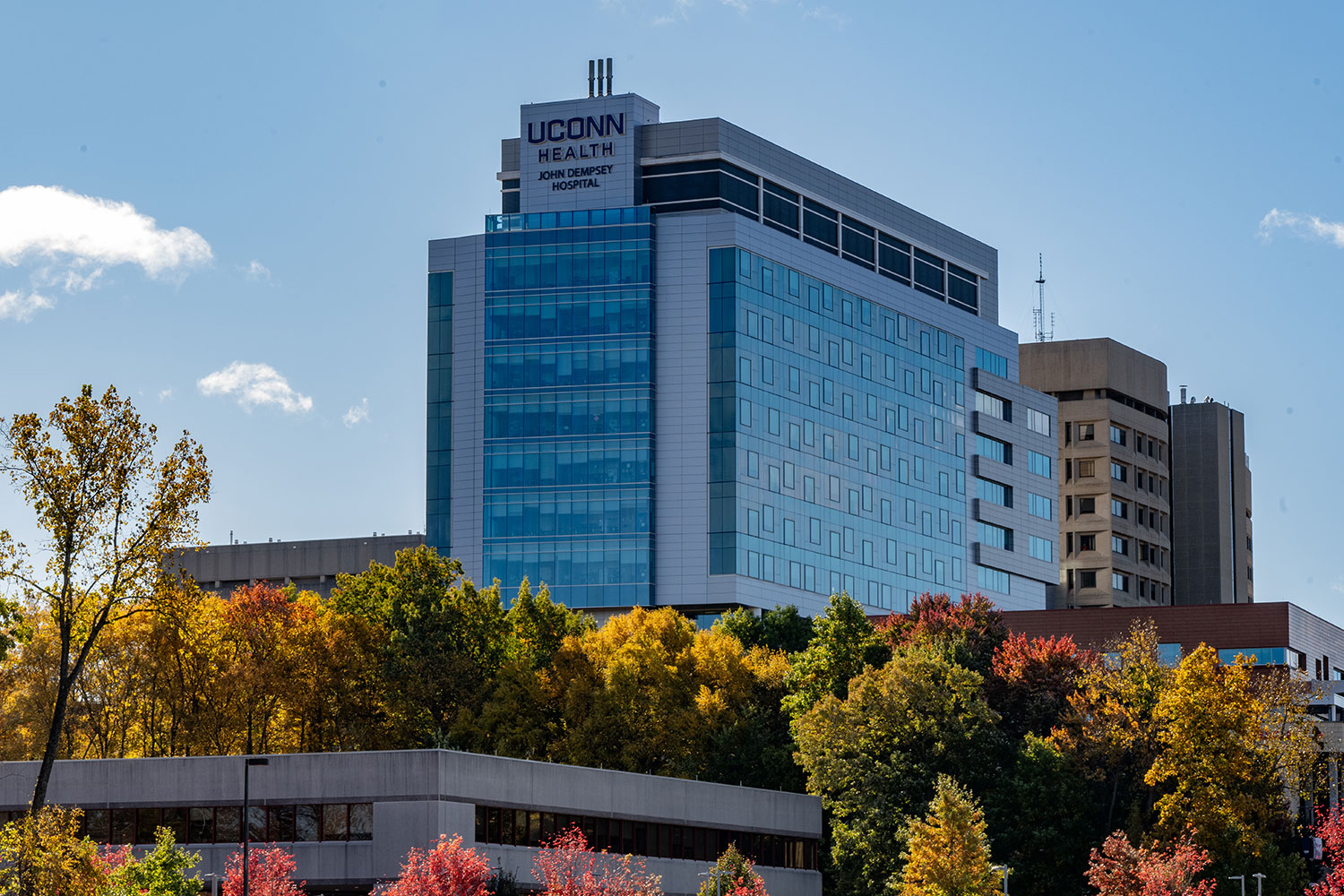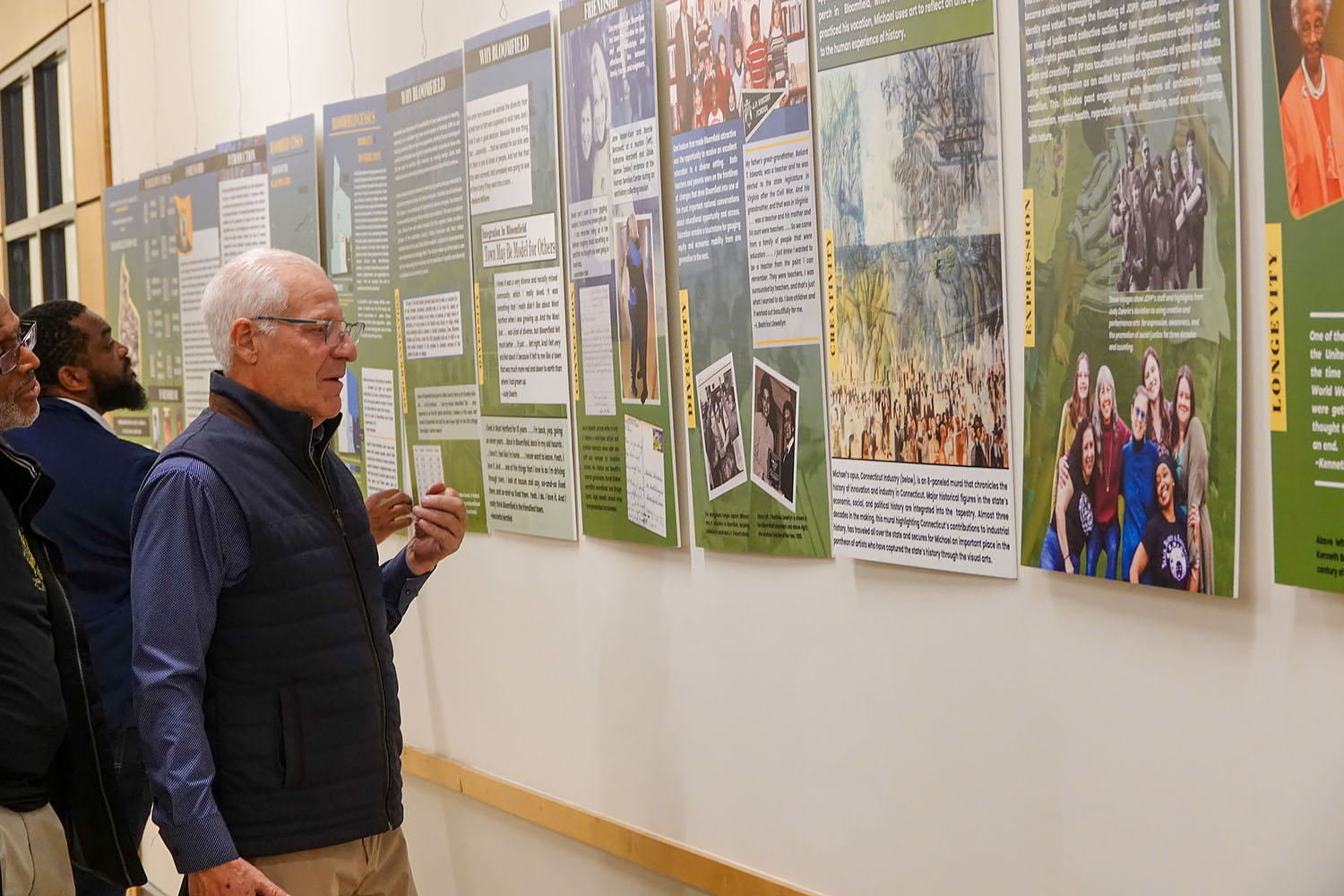Political science professor Jeremy Pressman is co-founder of the Crowd Counting Consortium (CCC), which collects publicly available data on political crowds reported in the United States, including marches, protests, strikes, demonstrations, riots, and other actions. The CCC findings have been updated in a series of stories in “The Monkey Cage” blog at The Washington Post, which describes its goal as using the discipline of political science to “make sense of the circus that is politics.”
While the summer of 2020 experienced 100 days of violence and destruction in cities, according to the the U.S Department of Homeland Security, the most recent CCC study of 7,305 separate events in May and June suggests that 96.3% of events involved no property damage or police injuries and 97.7% of events had no injuries reported. Pressman spoke with UConn Today about the new report.
Your data indicates a different set of facts from that issued by official agencies. What does the information you have found tell us?
It tells us that there is often a difference between reality and perception. At different times in the last few months, the protests have been a dominant story in the news and in the political sphere. How politicians and media want to treat the protest isn’t necessarily always what’s happening on the ground. One of the reasons we want to collect the data is to get a grounded sense of what’s going on instead of just a scripted view of what people are being told is happening.
You report there was no property damage or injuries in more than 97 to 98% of protests.
When these numbers indicating peaceful protest are all so high, that should really tell us something about what’s happening. It is challenging to be writing about protests, which are ultimately about fighting over power in American society at a time when we are in such a polarized political environment. That is part of the reason why it’s so contested. I’m not a media specialist, but I do fall back on ‘if it bleeds, it leads.’ Certain imagery has an appeal in terms of ratings. Compare the visuals of throwing a trash can through a window with 20 people standing on a sidewalk holding signs and just talking.
You have previously reported in The Washington Post that activity across the country is more widespread and there are more Black and allied youth playing central roles in these protests. What does this indicate?
The geographic scope of this, as we have written about before, is really incredible. The antiracism protests took place in big cities, medium sized cities, small towns, urban areas, suburban areas, and rural areas. It took place in blue states, red states, purple states. This was really a societal phenomenon. Of course there were people who opposed it, but the size and the scope of it was just really quite stunning and important. We’ve seen a little bit of that before for instance, after Parkland, with some of the school walkouts, but this spring and summer was really striking.
The other piece of it is the youth role. We’re not formally gathering data that helps us get at this question, but because we’re looking at lots of news reports on who’s leading the different protests, I can at least, anecdotally, note a heavy youth involvement. That’s not surprising because youth have been playing a major leadership role in recent movements on Black lives, gun reform, and climate issues. I don’t think we can understand what’s happened here in the summer of 2020 unless we go back to the death of Trayvon Martin, the Ferguson protests, and the Black Lives Matter movement that’s been growing. I don’t think we can understand what happened in 2020 without understanding also how Black Lives Matter built towards this in terms of organization and ideas.
A point made in your most recent article is that public perceptions of protests and policing can have immediate effects on election outcomes and public policy, which in turn affects attitudes toward movements years into the future.
Two of the main disciplines that study protests are sociology and political science. Political scientists are particularly interested in the electoral and public policy outcomes that do or don’t follow from protests. I think what the research suggests is that protests can have dramatic effects on public policy, opinion, and elections in a direction sympathetic to that of the protesters, whatever the movement is –whether that’s the Tea Party a decade ago or whether it’s Black Lives Matter in 2020. The research backs that up. We’re going to have an election up and down the ballot in November. It is going to be ripe for a study by political scientists of how the size and scope of protests all across the country are affecting those political outcomes. It pushes back against a certain cynicism that you hear sometimes that protests are just people shouting in the streets and don’t matter. What’s the difference? Well, the research demonstrates that it does make a difference. It energizes people, it brings people into the process. People organize. It gives opportunities for constituents to voice their concerns on their issues to their elected representatives. I think the research results have undermined that more cynical view of protest.
You’ve been looking at these movements and marches for a number of years. What are you learning from your studies?
The internet and a lot of the social media technology that is available now makes our approach to studying protest possible. We’ve been doing our crowd counting since January 2017, which is a period of major social mobilization – the Women’s Marches, March for Our Lives, Black Lives Matter, March for Science. It has been a period of incredible social upheaval and political protests. That’s the first thing that we’ve observed and really documented for the public and for scholarly use. A second question that remains open – although we’ve been doing it for all of the Trump presidency, we’ve also only been doing this during the Trump presidency. I think it’s going to be interesting when there is a new president, whether that is in January 2021 or January 2025, to compare and start to look at how protest movements look different across different presidential administrations when using this particular method. I think the amount of data that we’ve collected is exciting, now tens of thousands of protests across these years, but I think it will be even more exciting when we’re comparing across different presidential administrations.
Also in terms of thinking about what we’ve learned – and I don’t know that this comes through as much in our writing about it – it has also been quite striking to me the wide range of issues on which Americans protest. The example I’ve used in Connecticut is the example of people protesting because of faulty concrete used in their basement foundation. That is not the kind of hot button issue that makes the top of the news nationally and gets people marching on Washington, but that is important to people. I saw a protest recently where people were protesting the proposed construction of new pickle ball courts because they preferred the way the land now was being used. I’m quite struck in looking across thousands and thousands of protests – not just the ones that get all the national attention – the way a protest as a political tool is so ingrained in certain parts of our body politic. People turn to it on issues that might not be the first issue you think of when you think of protests.



